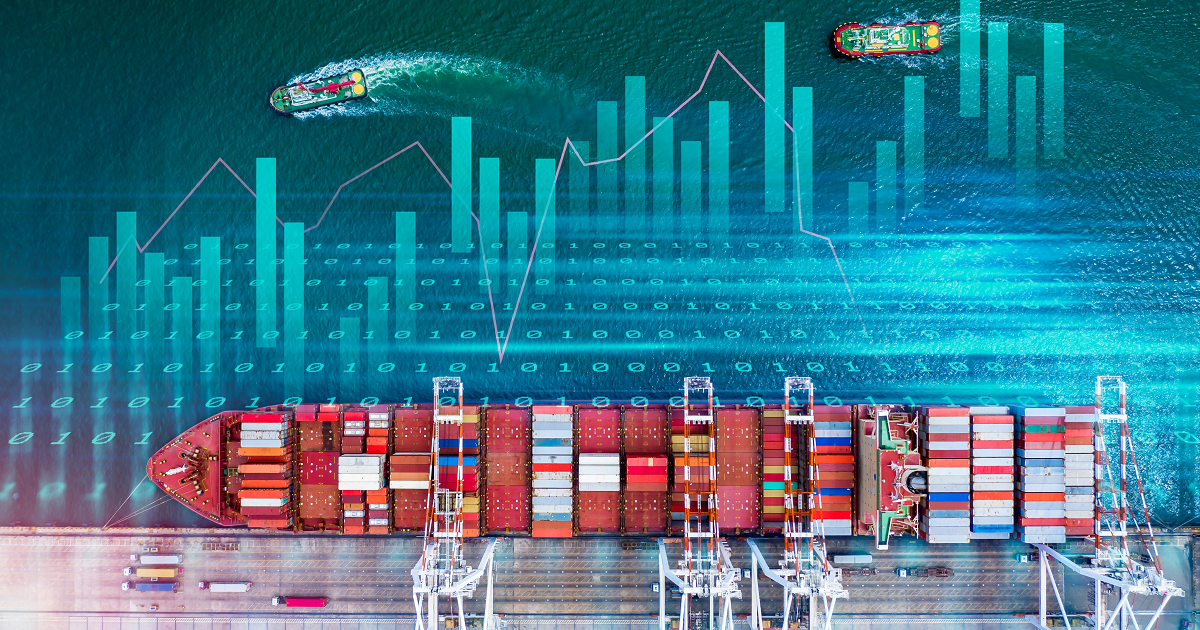
Budget 2024 : Maritime sector seeks more allocation, green Ports to navigate growth
NEW DELHI : The government will present its Interim Budget for 2024-25 on February 1. Mulling the forthcoming elections scheduled between April and May 2024, it is expected that this Budget will remain intact until the new government comes into place. Although major announcements may be limited, there is an opportunity for potential advancements and enhancements across different sectors and industries in India.
India is ranked third in the world for its maritime strength, and its maritime industry is crucial for the country’s trade. Almost all of the goods traded by volume (95%) and a significant portion by value (70%) are transported by sea. This includes things like oil, building materials, and various dry bulk items such as grains, fertilizer, steel, coal, and minerals. Even while the maritime industry makes significant contributions, there are still some challenges which need to be resolved and advancements to be made.
The existing number of ports, while substantial, proves inadequate as India experiences a substantial cargo traffic. In the fiscal year 2023-24 (from April to May), major ports witnessed an increase in cargo traffic, handling 133.93 million tonnes compared to 130.84 million tonnes in April-May 2022-23. Addressing the growing demand requires not only expanding port infrastructure but also reducing turnaround time. Moreover, there is a pressing need to enhance the production of vessels, tankers, and containers for global trade shipping. This imperative was evident during the Covid-19 pandemic and continued vigilance is crucial, especially in the face of potential global crises like the ongoing Red Sea situation.
Major Priorities for the Upcoming Budget:
Allocation for more major ports
In the fiscal year 2023 (April-January), major ports in India efficiently managed a staggering 646.10 million tonnes of cargo, exhibiting a commendable growth rate of 8.8%. More than half (54%) of all cargo activity in the country is managed by the 12 main ports. As we heavily depend on these few ports, it’s crucial for the government to help private ports and invest more in improving the major ports. The escalating trends in e-commerce and global trade underline the pressing need for additional port infrastructure to seamlessly cater to the increasing demands of cargo traffic soon.
Production of containers
India must boost the production of vessels, containers, and tankers to reduce turnaround time and enhance global trade efficiency. Increased availability of these resources during crises and for regular trade operations will significantly aid logistics in the country. Government support for private production is crucial to strengthen the Make in India project, reducing reliance on sourcing units from China. This move will not only benefit shipment owners and businesses but also positively impact global trade dynamics.
Green ports and shipping
Green shipping is crucial for the environment and especially with the ongoing rise in fuel prices, adding pressure on shipment owners managing ports and ships. To address this issue, India needs to support the shipment companies in transitioning to renewable energy resources. Lowering the installation costs for wind and solar power generation would encourage more private players to adopt these sustainable alternatives. This shift will not only contribute to the reduction in carbon emissions but will also benefit logistics companies by reducing costs for new fuel tank installations fostering a positive impact on both fronts.
More subsidy support for Indian registered vessels
Currently, 1,526 ships sail under the Indian flag, benefiting from a 10% subsidy scheme to boost the flagging of Indian merchant ships by providing subsidy support to local shipping companies in global tenders. To further support shipping companies and increase tonnage, the initial budget of Rs 1,624 crore for five years needs a 20% subsidy boost. This will encourage more ship building, Indian vessel registration, and contribute to global trade and the Indian economy.
Furthermore, domestic waterways emerge as a cost-effective and environmentally sustainable solution for freight transportation. With the government’s ambitious goal to operationalise 23 waterways by 2030 and the anticipated cargo traffic at ports reaching 2,500 MMTPA by 2025, the current cargo handling capacity of 2,400+ MMTPA falls short. The reforms in the Interim Budget will present a crucial step towards aligning infrastructure with projected demands. These measures will not only enhance the logistics and maritime sector but will also position India to bolster global trade, ultimately contributing to the nation’s economic growth.
